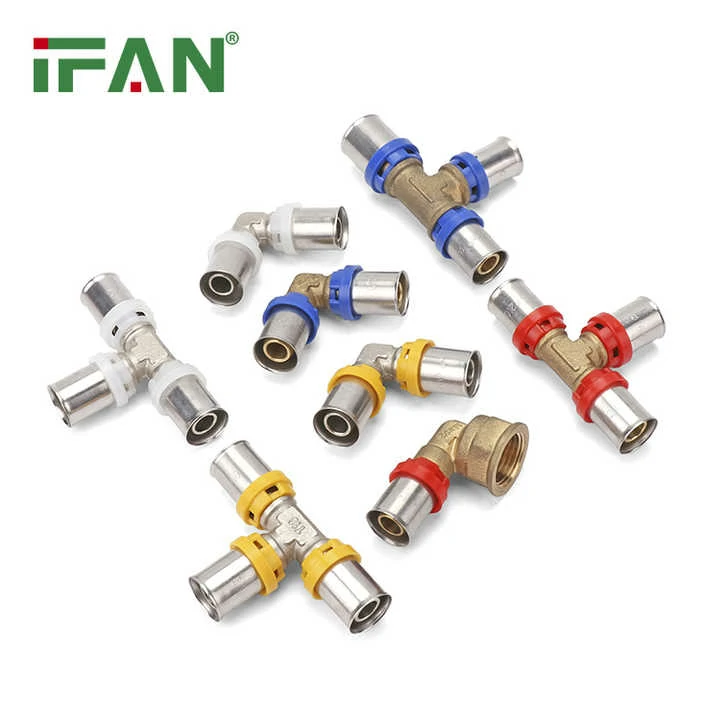To properly install brass press fittings, you’ll need the following tools and equipment:
1. Press Tool (Hydraulic or Manual)
- Hydraulic Press Tool (Most Common)
- Battery-powered or electric models (e.g., Ridgid RP 340, Viega Pressgun).
- Requires compatible press jaws for brass fittings.
- Manual Press Tool (Less common, for small jobs)
- Hand-operated press tools (e.g., Ridgid RP 230).
2. Press Jaws (Specific to Brass Fittings)
- Must match the fitting size and brand (e.g., Viega, NIBCO, Uponor).
- Different jaws for different diameters (e.g., ½”, ¾”, 1″).
3. Pipe Cutter (For Clean, Square Cuts)
- Rotary pipe cutter (best for brass tubing).
- Tubing cutter with sharp wheel (avoid burrs).
4. Deburring Tool
- Removes sharp edges after cutting to ensure a proper seal.
- Hand deburring tool or reamer attachment.
5. Calibration Gauge (If Required)
- Some press systems require checking pipe roundness before pressing.
6. Leak Detection Equipment (For Post-Installation Testing)
- Pressure testing pump (for system integrity checks).
- Soap solution or electronic leak detector (for gas-rated fittings).
7. Optional but Helpful Tools
- Marker/measuring tape – For precise pipe marking.
- Pipe support brackets – To prevent movement during pressing.
- Alignment tool – Ensures proper fitting insertion.
Key Considerations
- Always use manufacturer-approved tools for warranty compliance.
- For gas applications, ensure fittings and tools meet UL/CSA gas standards.
- Follow proper pressing technique (full 360° crimp, no misalignment).
View more:https://www.ifanfittings.com/


